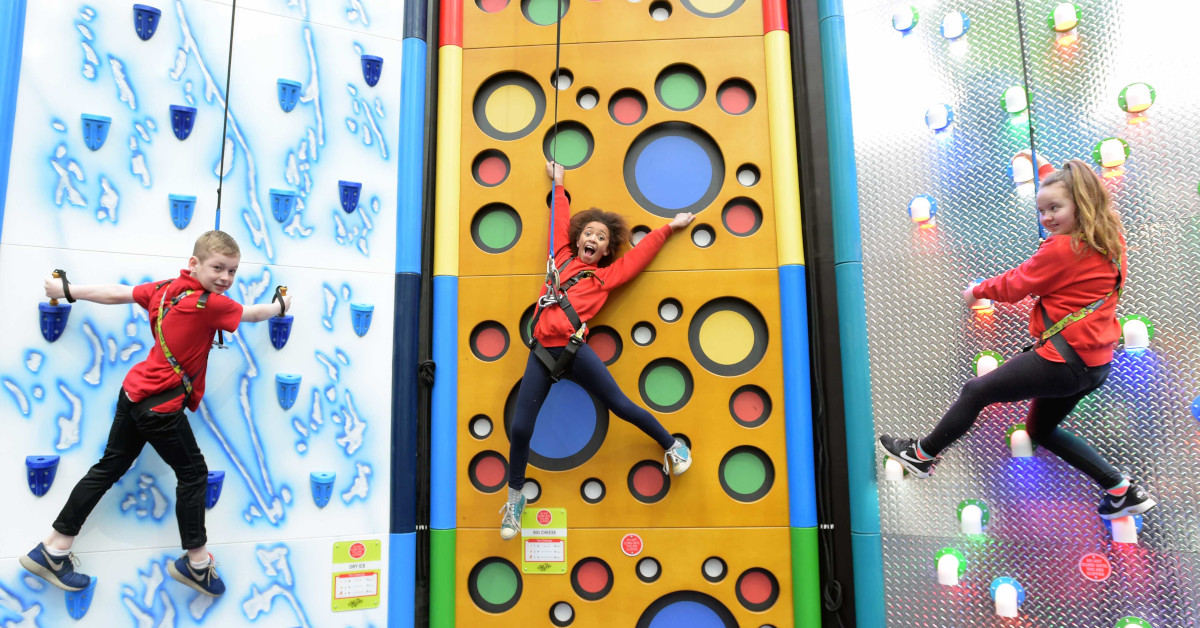
Indoor climbing gyms have seen significant growth, attracting both serious climbers and those seeking a social experience. Meanwhile, outdoor climbing walls have become a feature at youth camps, university campuses, and a limited number of ski areas and adventure parks. Despite the growth in climbing’s popularity, outdoor climbing walls haven’t gained the same traction at smaller adventure parks as they have in other venues.
While larger adventure parks and ski areas are beginning to incorporate climbing walls into their summer operations, many aerial adventure parks have yet to install traditional outdoor climbing walls. This is confirmed by industry experts, who note that climbing activities are typically found within comprehensive programs at camps or universities, or at specialized indoor facilities.
Indoor Climbing Gyms’ Impact
The widespread availability of indoor climbing gyms might explain the lower demand for climbing walls at adventure parks. The popularity of indoor climbing gyms has made the activity less unique, with many children and adults having easy access to these facilities. This prevalence of dedicated climbing spaces may be satisfying the public’s interest in climbing, reducing the need for adventure parks to offer similar experiences.
Incorporating Climbing into Adventure Parks
Despite this, climbing can still be a valuable addition to aerial adventure parks. Some ski areas and larger adventure parks have successfully integrated outdoor climbing walls into their offerings. These installations can serve as stand-alone attractions or complement other activities. For example, certain parks offer single-activity passes specifically for climbing, allowing access to extensive bouldering and top-rope routes.
Climbing walls, though not as prominent as zip lines and ropes courses, can enhance a park’s appeal. They provide a cost-effective, low-maintenance option that can engage guests while they wait for other activities. Additionally, climbing walls can cater to younger family members who may not meet the height and weight requirements for other attractions.
Options and Costs
Adventure parks considering adding climbing elements have various options. Custom and modular climbing walls range from small boulders to massive, high-capacity structures. Costs vary widely, with basic outdoor walls starting around €125,000 and more complex installations reaching up to €1.5 million. Used portable walls are available at lower prices, though they often require updates to belay systems and other components.
Maintenance costs are relatively low. Auto-belay systems, which are common due to their minimal staffing requirements, need annual servicing. Plastic handholds typically last several years and require occasional cleaning and repositioning to keep the routes interesting.
Ski Areas and Outdoor Climbing
Ski areas have demonstrated the potential for climbing walls during the summer months. For instance, resorts like Snowmass have incorporated climbing walls as part of their adventure parks, complementing other activities and providing additional revenue streams during the off-season. Climbing walls can attract a broad audience and help retain year-round staff, addressing staffing challenges when the winter season begins.
Evolution of Climbing Walls
Modern outdoor climbing walls have evolved significantly from the simple structures of the past. Today’s walls often feature realistic faux rock surfaces and advanced belay systems, blending seamlessly with natural landscapes. Indoor climbing walls, on the other hand, offer an array of complex, frequently changing routes on composite panels.
Technological advancements in auto-belay systems have also improved the climbing experience. Systems like TRUBLUE’s auto-belays use magnetic braking technology, reducing maintenance needs and enhancing safety. Newer models offer features like “catch and hold,” allowing climbers to pause and retry challenging sections.
Integrating Climbing Walls for Broader Appeal
As adventure parks look to diversify their offerings, integrating climbing walls can help broaden their appeal to various demographics. Climbing is an activity that can be enjoyed by individuals of all ages and fitness levels, making it an inclusive option that enhances the overall guest experience. For parks already offering a range of activities like zip lines, ropes courses, and mountain biking, climbing walls provide another layer of engagement, encouraging longer stays and repeat visits.
Enhancing Guest Experience
The strategic placement of climbing walls can optimize space and enhance guest flow. For instance, climbing towers can serve multiple purposes: they can be used as platforms for zip lines, free fall towers, or entry points for ropes courses. This multifunctionality maximizes the utility of each structure and offers guests a seamless transition between activities. Moreover, climbing walls can entertain guests during wait times, reducing perceived downtime and increasing overall satisfaction.
Training and Safety Considerations
Ensuring the safety and enjoyment of guests is paramount when incorporating climbing walls. Parks need to invest in proper training for staff to manage climbing activities and maintain equipment. Regular inspections and maintenance of auto-belay systems, handholds, and structural components are crucial to prevent accidents and ensure a smooth operation. Providing guests with clear instructions and safety briefings can enhance their confidence and enjoyment.
-
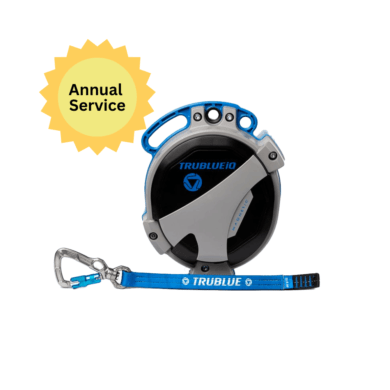 Trublue iQ Auto Belay – Annual Service€ 239,00 Ex VAT
Trublue iQ Auto Belay – Annual Service€ 239,00 Ex VAT -
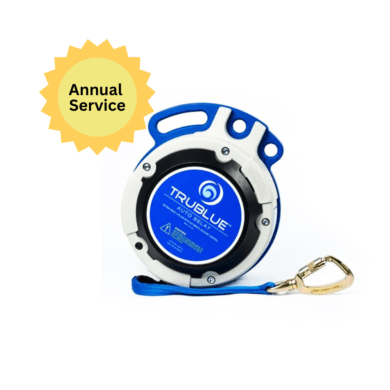 Trublue 2 Auto Belay – Annual Service€ 239,00 Ex VAT
Trublue 2 Auto Belay – Annual Service€ 239,00 Ex VAT -
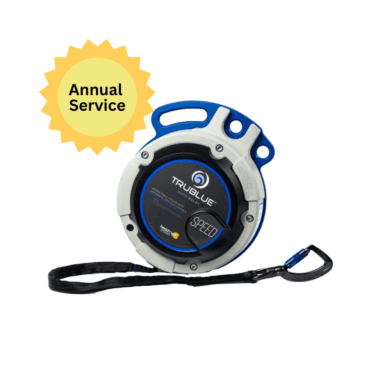 Trublue SPEED Auto Belay – Annual Service€ 269,00 Ex VAT
Trublue SPEED Auto Belay – Annual Service€ 269,00 Ex VAT
Marketing Climbing Activities
Effectively marketing climbing activities can drive interest and participation. Highlighting the unique features of the climbing walls, such as challenging routes or scenic locations, can attract adventure enthusiasts. Offering introductory climbing sessions or group packages can also appeal to families, corporate teams, and school groups. Leveraging social media and online platforms to share engaging content, such as climbers’ experiences and testimonials, can further boost visibility and attract new visitors.
Sustainability and Environmental Considerations
Adventure parks incorporating climbing walls should also consider sustainability and environmental impact. Using eco-friendly materials and ensuring minimal disruption to the natural landscape can align with the growing trend of eco-conscious tourism. Climbing walls made of sustainable materials and designed to blend with the environment can attract environmentally aware guests and enhance the park’s reputation as a responsible operator.
Future Trends and Innovations
The future of climbing walls in adventure parks looks promising, with ongoing innovations in design and technology. Augmented reality (AR) and virtual reality (VR) integrations could offer climbers unique challenges and experiences, blending physical activity with digital interaction. Interactive climbing walls, which track progress and provide real-time feedback, could also enhance the climbing experience, making it more engaging and rewarding.
Moreover, advancements in material science could lead to the development of more durable and realistic climbing surfaces, further enhancing the authenticity and safety of outdoor climbing walls. As these technologies evolve, adventure parks that stay at the forefront of these trends will likely attract more visitors and maintain a competitive edge.
Conclusion
The current industry status of indoor climbing walls reflects a vibrant and growing sector with significant potential for further integration into adventure parks. While indoor climbing gyms dominate the landscape, the strategic incorporation of outdoor climbing walls into adventure parks can diversify offerings, enhance guest experiences, and tap into the enduring appeal of climbing. By focusing on safety, sustainability, and innovative marketing, adventure parks can successfully integrate climbing walls and contribute to the sport’s continued growth and popularity.
Dive Deeper: Exploring Auto Belay Technology with Expert Insights
Auto belays are transforming the world of indoor climbing, offering convenience and safety for climbers of all levels. But how exactly do they work, and what are the key considerations for using them? To learn more about the intricacies of auto belay technology and gain valuable insights from experts in the field, check out our additional resources below…
- Comparison of Auto Belay’s: what’s new in the TRUBLUE iQ series
- Using Technology to Make Your Climbing Gym Accessible and Inclusive
- A Closer Look at the Auto Belay System
- Next Generation Auto Belay – TRUBLUE iQ
- Every modern climbing gym should have these 5 features
- Everything You Need to Know about Buying Auto Belays
- Increase Revenue and Customer Satisfaction at Family Entertainment Centers
- Catch-and-Hold: What is it and how does it work?
- Leading the Way in profitable and safe climbing
- Why Family Entertainment Centers Trust TRUBLUE Auto Belays
- Creating Value for Customers by Using an Auto Belay
- TRUBLUE iQ+ World’s first catch-and-hold auto belay
- Drive Revenue and Customer Satisfaction with Auto Belays
- 7 Ways Magnetic Braking Is Better Than Friction
- No Belayer Necessary: Understanding Auto belays
- Competitive Advantage of an Auto Belay
- ROI at Climbing Walls and Family Entertainment Centers
- Auto-Belay and hands-free climbing challenges
- Why using Auto Belays Boosts your Business
- The Science of Eddy Current Magnetic Braking
-
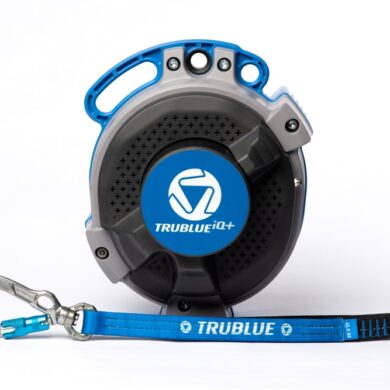 TRUBLUE iQ+ | Catch & Hold Auto Belay€ 4.399,00 – € 4.599,00 Ex VAT
TRUBLUE iQ+ | Catch & Hold Auto Belay€ 4.399,00 – € 4.599,00 Ex VAT -
 TRUBLUE SPEED Auto Belay | 7,5 – 16 meter€ 2.799,00 – € 2.899,00 Ex VAT
TRUBLUE SPEED Auto Belay | 7,5 – 16 meter€ 2.799,00 – € 2.899,00 Ex VAT -
 TRUBLUE iQ Auto Belay | 4,5 – 20 meter€ 2.799,00 – € 2.999,00 Ex VAT
TRUBLUE iQ Auto Belay | 4,5 – 20 meter€ 2.799,00 – € 2.999,00 Ex VAT







